March 13, 2025
Our devices have been vying for our attention for years. The methods they use to grab it are only growing.
“These technologies have been gradually designed with one goal in mind,” said IEEE Senior Member Gang Wang. “Most products are based on behavioral psychology and are continuously iterated in real-world usage environments, similar to the design philosophy of computer games.”
It’s not a new phenomenon. But survey data and a mounting body of research indicate that frustration has persisted, with increasing attention paid to the impacts digital media consumption has on young people.
- In classrooms globally, students face daily distractions, prompting 40% of national school systems worldwide to enact laws banning smartphone use in schools.
- In the United Kingdom, 38% of consumers express concern about excessive screen time and seek a “digital detox,” while 47% of adults aged 18-34 view their online activities as more disruptive than beneficial to their well-being, according to a 2025 survey by Ernst & Young
- In China, authorities have restricted minors’ hours for online gaming, and economists suggest extending these restrictions to college students could boost their starting wages upon graduation by approximately 1 percent.
“This distraction with technology can cause long-term effects, such as social isolation directly impacting teamwork and, in the most serious cases, depressive behavior, difficulty writing due to spending hours on electronic devices and joints and vision problems due to excessive screen time,” IEEE Senior Member Cristian Pimentel said.
How to Spot Distracting Technology
There are a number of ways to identify when a device may be overly distracting.
“Key red flags include applications that offer little or no control over notification settings, interfaces designed to promote endless engagement without clear exit points, and platforms that require constant interaction to maintain status or progress,” said IEEE Member Ning Hu. “The lack of transparency in data collection and usage practices often indicates that a product is designed to leverage user behavior patterns to maximize engagement rather than serve genuine needs.”
Along with assessing a device or application’s design, users should consider their personal usage. To help spot and manage how distracting one’s personal technology is, Galdino says that consumers “can start by monitoring their device usage time.”
In recent years, most devices have come built-in with capabilities to curb overuse. Notification settings can be adjusted to limit how frequently notifications appear. Many devices provide statistical reports that can tell users just how long they spend on applications. Many social media applications now have ways to set time limits.
“Technology becomes too distracting when it constantly pulls one’s attention away from real-life tasks, relationships, and moments, leaving them feeling overwhelmed and disconnected,” said IEEE Senior Member Inderpreet Kaur. “Another sign is spending hours on apps or websites without gaining much value, like productivity or personal connection. If someone is not able to focus on their work and continuously scrolling the devices to check notifications, it will surely become a concerning issue.”
The Role Technologists Play in Limiting Distracting Technology
While users can make changes to their devices and monitor their distractions, technologists have a role to play in developing these devices to minimize their users’ distractions.
Some organizations have proposed standards and certifications for technologies that distract less.
Others focus on creating features that promote digital well-being, such as reminders to take breaks or tools that summarize notifications periodically rather than disruptively.
“From a design perspective,” Wang said, “it is essential to understand that technology exists to improve human life, not to chase profits. By aligning design goals with this principle, the problem can be resolved at its root.”





 Meaningful Momentum or Running in Place?
Meaningful Momentum or Running in Place?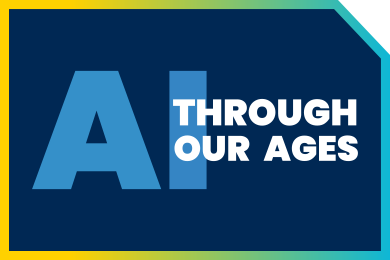 AI Through Our Ages
AI Through Our Ages Liquid Infrastructure: Our Planet's Most Precious Resource
Liquid Infrastructure: Our Planet's Most Precious Resource The Impact of Technology in 2025
The Impact of Technology in 2025 Quantum and AI: Safeguards or Threats to Cybersecurity?
Quantum and AI: Safeguards or Threats to Cybersecurity? Why AI Can't Live Without Us
Why AI Can't Live Without Us Bits, Bytes, Buildings and Bridges: Digital-Driven Infrastructure
Bits, Bytes, Buildings and Bridges: Digital-Driven Infrastructure Impact of Technology in 2024
Impact of Technology in 2024 Emerging AI Cybersecurity Challenges and Solutions
Emerging AI Cybersecurity Challenges and Solutions The Skies are Unlimited
The Skies are Unlimited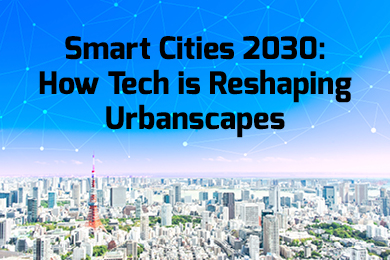 Smart Cities 2030: How Tech is Reshaping Urbanscapes
Smart Cities 2030: How Tech is Reshaping Urbanscapes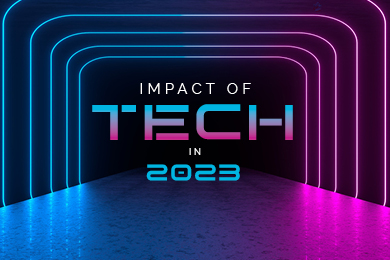 Impact of Technology 2023
Impact of Technology 2023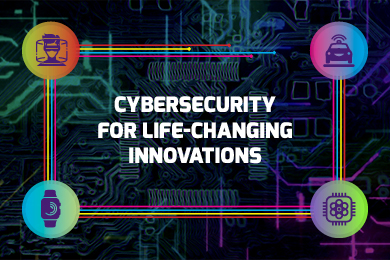 Cybersecurity for Life-Changing Innovations
Cybersecurity for Life-Changing Innovations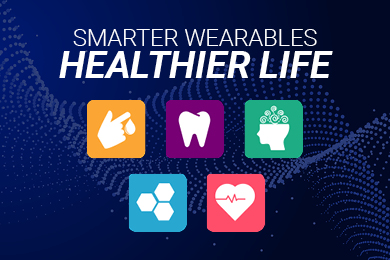 Smarter Wearables Healthier Life
Smarter Wearables Healthier Life Infrastructure In Motion
Infrastructure In Motion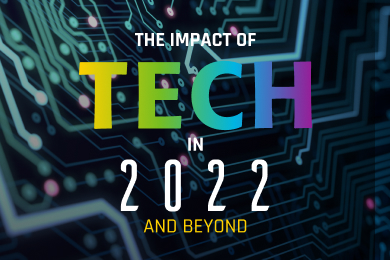 The Impact of Tech in 2022 and Beyond
The Impact of Tech in 2022 and Beyond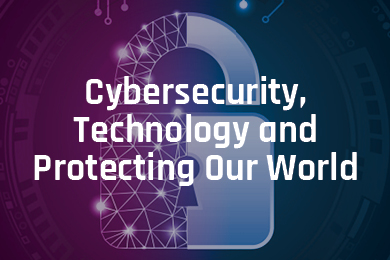 Cybersecurity, Technology and Protecting Our World
Cybersecurity, Technology and Protecting Our World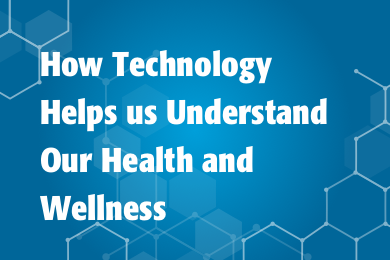 How Technology Helps us Understand Our Health and Wellness
How Technology Helps us Understand Our Health and Wellness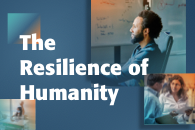 The Resilience of Humanity
The Resilience of Humanity Harnessing and Sustaining our Natural Resources
Harnessing and Sustaining our Natural Resources Creating Healthy Spaces Through Technology
Creating Healthy Spaces Through Technology Exceptional Infrastructure Challenges, Technology and Humanity
Exceptional Infrastructure Challenges, Technology and Humanity The Global Impact of IEEE's 802 Standards
The Global Impact of IEEE's 802 Standards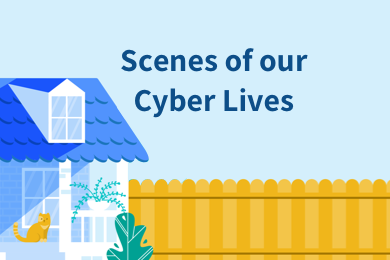 Scenes of our Cyber Lives: The Security Threats and Technology Solutions Protecting Us
Scenes of our Cyber Lives: The Security Threats and Technology Solutions Protecting Us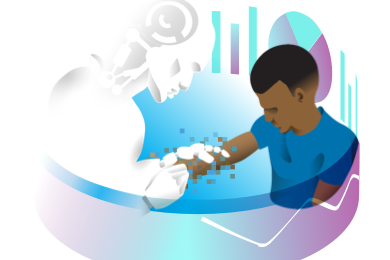 How Millennial Parents are Embracing Health and Wellness Technologies for Their Generation Alpha Kids
How Millennial Parents are Embracing Health and Wellness Technologies for Their Generation Alpha Kids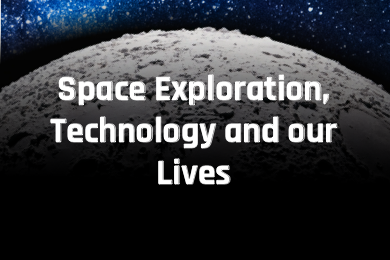 Space Exploration, Technology and Our Lives
Space Exploration, Technology and Our Lives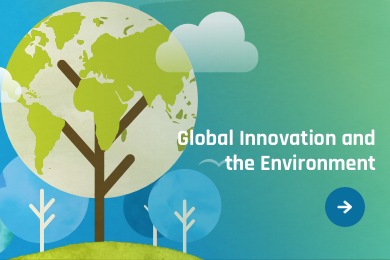 Global Innovation and the Environment
Global Innovation and the Environment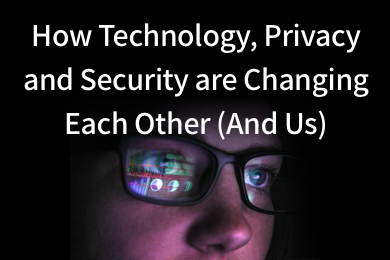 How Technology, Privacy and Security are Changing Each Other (And Us)
How Technology, Privacy and Security are Changing Each Other (And Us)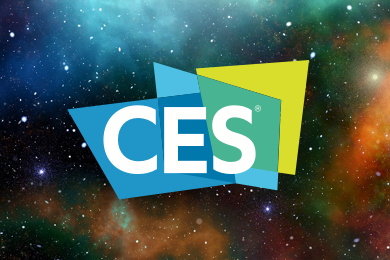 Find us in booth 31506, LVCC South Hall 3 and experience the Technology Moon Walk
Find us in booth 31506, LVCC South Hall 3 and experience the Technology Moon Walk Virtual and Mixed Reality
Virtual and Mixed Reality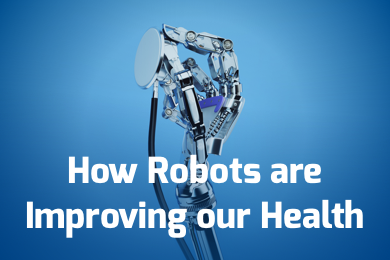 How Robots are Improving our Health
How Robots are Improving our Health IEEE Experts and the Robots They are Teaching
IEEE Experts and the Robots They are Teaching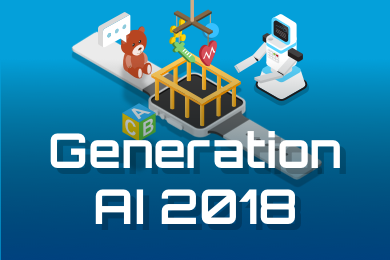 See how millennial parents around the world see AI impacting the lives of their tech-infused offspring
See how millennial parents around the world see AI impacting the lives of their tech-infused offspring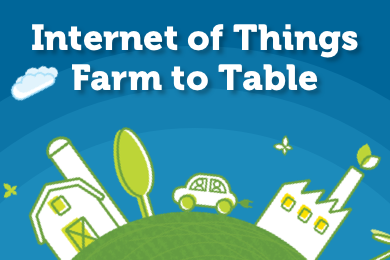 Take the journey from farm to table and learn how IoT will help us reach the rising demand for food production
Take the journey from farm to table and learn how IoT will help us reach the rising demand for food production Watch technical experts discuss the latest cyber threats
Watch technical experts discuss the latest cyber threats Explore how researchers, teachers, explorers, healthcare and medical professionals use immersive technologies
Explore how researchers, teachers, explorers, healthcare and medical professionals use immersive technologies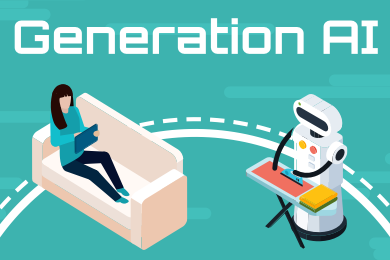 Follow the timeline to see how Generation AI will be impacted by technology
Follow the timeline to see how Generation AI will be impacted by technology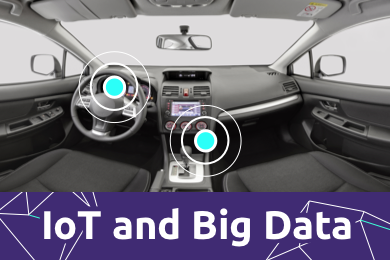 Learn how your IoT data can be used by experiencing a day in a connected life
Learn how your IoT data can be used by experiencing a day in a connected life Listen to technical experts discuss the biggest security threats today
Listen to technical experts discuss the biggest security threats today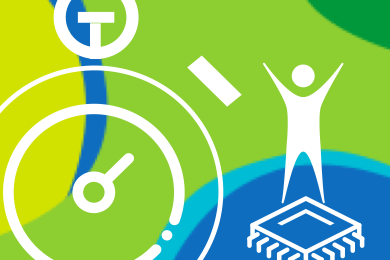 See how tech has influenced and evolved with the Games
See how tech has influenced and evolved with the Games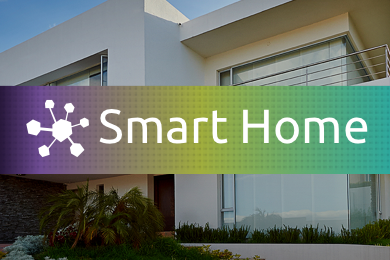 Enter our virtual home to explore the IoT (Internet of Things) technologies
Enter our virtual home to explore the IoT (Internet of Things) technologies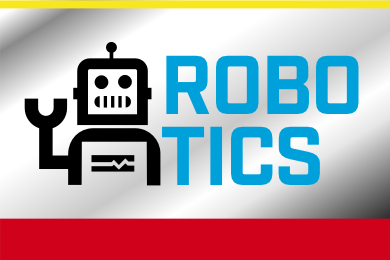 Explore an interactive map showcasing exciting innovations in robotics
Explore an interactive map showcasing exciting innovations in robotics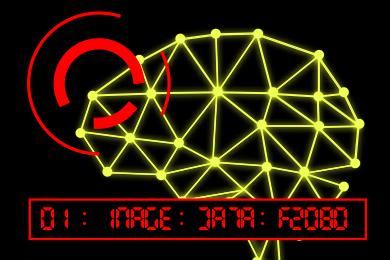 Interactively explore A.I. in recent Hollywood movies
Interactively explore A.I. in recent Hollywood movies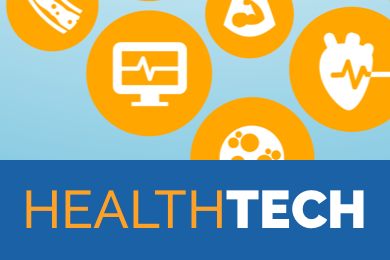 Get immersed in technologies that will improve patients' lives
Get immersed in technologies that will improve patients' lives